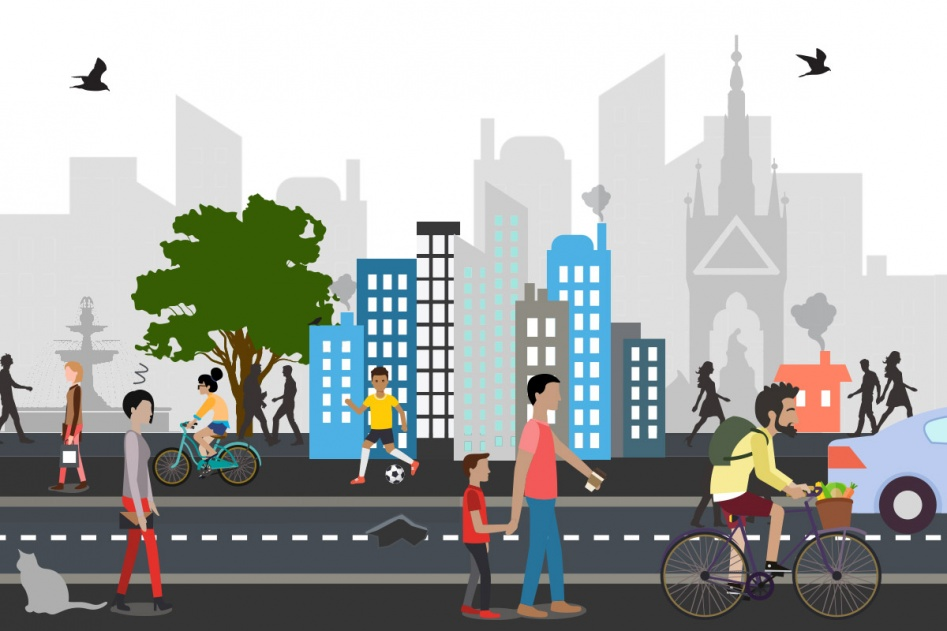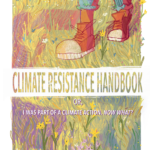This tool is to help people get better at seeing climate impacts everywhere. It’s great after people get a briefing on climate change and its wide-ranging impacts or for a medium- to experienced group that needs to get better at communicating about climate impacts.
Hand everyone a picture, such as:

Get people into small groups, looking at the picture.
Ask them to list in small groups how many different things they see impacted by climate change. How does climate change impact them and how?
(You can easily make this a competition: “Which group gets the most?”)
Then have people come back to the large group and share.
Here are some examples from the above picture:
BIRDS • Birds, like most animals, are deeply impacted by climate change. The changing weather means: Migratory birds are changing when they migrate, sometimes causing problems when they arrive too early or too late. This is causing them to arrive at the wrong time for their food sources or nesting sources.
In environments with seasons, egg laying is typically happening earlier, in response to the warming temperatures.
Birds are experiencing restricted ranges or poor ability to move their ranges.
Extinctions are on the rise, as it becomes harder for birds to find food and suitable habitats.
ANGRY PEOPLE • All the climate impacts add up — and they really do affect people’s moods!
A study on climate and conflict showed that warmer temperatures — and the results that follow — increase people’s personal conflicts (by 2% amongst friends, by 11% outside their social circle).
So hot temperatures can cause more anger. Suffering from climate impacts, such as floods, droughts and extreme weather causes more distress and anger too, of course.
POTHOLES • Extreme weather makes potholes worse.
An increase in the magnitude and duration of severe weather events, from heat waves to freezing conditions, makes potholes worse.
The US Department of Transportation has begun preparing for more potholes, changes in people’s travel plans, increased structural buckling of transport lines, and increased demand on maintenance patrols — all due to climate change.
CATS, DOGS, AND OTHER PETS • Climate change is increasing the habitat for fleas, ticks and mosquitos.
That’s bad news for pets. It exposes them to new diseases, like West Nile, Lyme disease and heartworm. After being relegated to mostly the southern part of the United States, heartworm has exploded across the entire country due to the warmer winters.
FOOD • Droughts, floods and extreme weather kill crops.
Crops that used to grow are no longer tolerant of the changing environment. This is already leading to mass starvations around the globe and conflicts over territory.
This makes food more scarce, increasing food costs and causing dangerous situations.
WATER • Sao Paulo, Brazil has experienced severe water shortages brought on by drought. It is not alone, with over 73% of the country facing possible shortages in the next decade.
Over 140 Brazilian cities have implemented water rationing (yet the government wants to waste precious water in the process of fracking the ground for more fossil fuels!).
These water shortages were predicted by climate scientists and are expected to increase even further. The growth of cities makes this worse.
Water is also a major conflict and security issue, as countries fight over water rights.
And so on and on!
Close by asking people: “How can getting better at seeing these climate impacts help us organize new people into the movement?” Ask them to identify one person they might try talking about climate change with this information.
